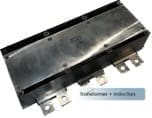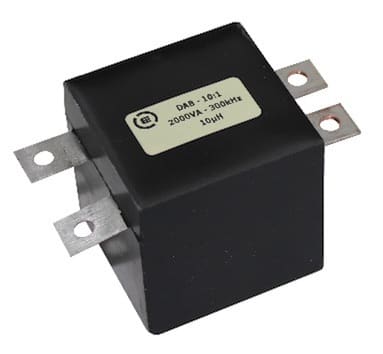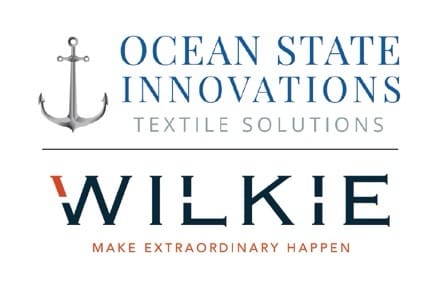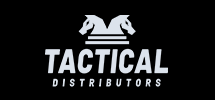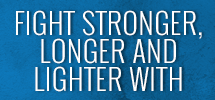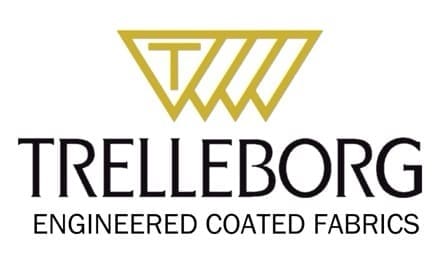
RUTHERFORDTON, NC – July 10, 2024 – Global leading engineered polymer group Trelleborg has announced a greenfield development for its engineered coated fabrics operations in Gateway West Commerce Park in Rutherford County, North Carolina.
The site, part of Rutherford County’s development vision for advanced manufacturing, will be Trelleborg’s second major facility in the area and is expected to cement Trelleborg’s position both as an industry leader and as a major local employer.
In addition to investments in state-of-the-art production capabilities Trelleborg will further invest in ensuring that the building and its operations are at the forefront of sustainability. The initial investment exceeds $30 million.
“By investing in sustainability as well as capacity, we will be better positioned to meet our customers’ needs and have a positive impact on our local community,” said Steve Brockman, President of Trelleborg Engineered Coated Fabrics. “Our new facility will be built to achieve LEED certification, and our operations will be carbon neutral and emit zero emissions. This investment helps us expand our use of bio-based polymers and recycled raw materials, aiding Trelleborg and our customers in meeting their product circularity targets.”
“I would like to thank Trelleborg for its continued investment and commitment to our community” said Rutherford County Board of Commissioners Chairman Bryan King. “As one of the county’s top employers, and a valued partner in community initiatives, this expansion underscores Trelleborg’s dedication to Rutherford County. “
“Trelleborg was the first corporate sponsor of our new Engineering Technology and Workforce Development Building and is a key partner in our international student exchange program,” added Dr. Margaret Annunziata, Isothermal Community College President.
“We have a long history working with Trelleborg and are so excited about this new investment and its close proximity to our college.”
Steve Brockman continued, “Our partnerships with local governments and Isothermal Community College have been instrumental in our decision to locate the new facility here. We have collaborated with Isothermal Community College for over twenty years. This new facility will strengthen our collaboration with the college and other local stakeholders, ensuring we continue to build a skilled workforce and drive economic development in the region. We hope our investment will expand career opportunities within the local community and attract further investments from other multinational companies.”
Trelleborg expects to break ground on the new facility in Q4 2024 and start production in Q1 2026.



